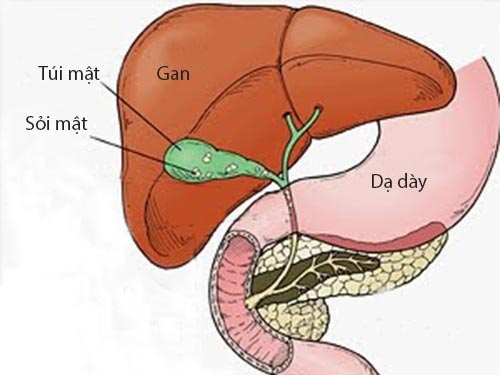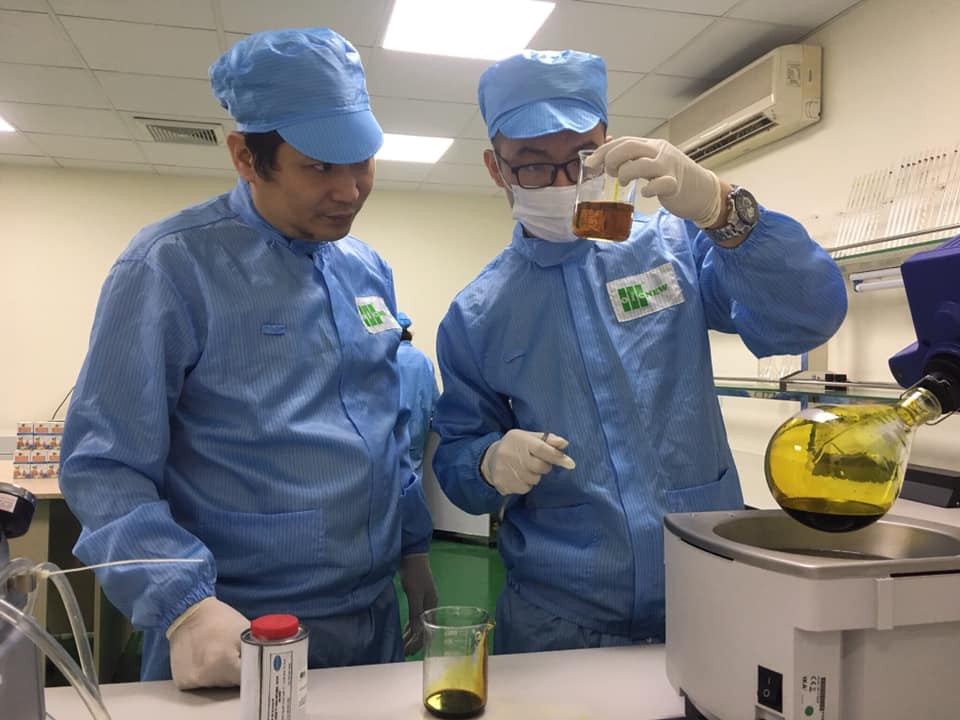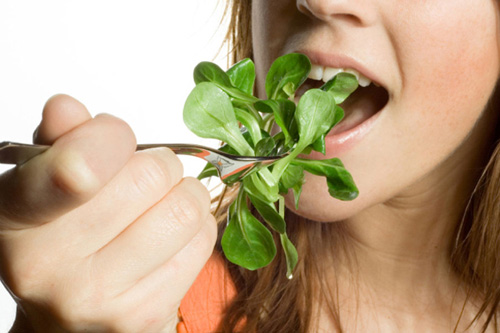Symptoms of Gallstone Disease
Gallstone disease is becoming more and more common (according to scientists, about 20% of the world’s population will have gallstones in their lifetime) as people’s unhealthy eating habits are on the rise. Abnormal deposits in the gallbladder cause gallstones to form, causing abdominal pain, inflammation, gallbladder infection, and pancreatitis. Symptoms of this disease are as follows:
Symptoms appear as pain, which can be severe in the right lower quadrant, right shoulder or dull or severe pain in the right lower quadrant, epigastrium and chest.
– When the patient has gallstone disease, the biliary tract is infected, so the patient will have a fever, even high fever and chills, sometimes mild fever and pain, prolonged fever.
– The next manifestation is the appearance of jaundice and sclera of the eyes due to biliary obstruction when stones are in the common bile duct, hepatic duct or in liver. Depending on the severity of the biliary obstruction, the symptoms of jaundice appear mild or severe. If the patient only has gallstones without the obstruction of the bile, jaundice will not be present.
– Another symptom that should not be ignored is an enlarged liver, which is also caused by biliary obstruction. If the bile is more blocked, the liver will be enlarged, and the gallbladder is also enlarged when the stone is in the common bile duct.
– In addition to the above symptoms, the patient is also accompanied by the symptoms of not liking to eat fat, very often belching, heartburn and bloating. These are also symptoms related to stones, but they are easily confused with symptoms of other diseases, so it is important to see a doctor to rule out other diseases.

Based on the above symptoms, the patient will be examined and do necessary tests to be able to diagnose the disease accurately. To diagnose gallstones, ultrasound is a highly effective and relatively inexpensive method for patients.
Symptoms of gallbladder disease.
Cholecystitis occurs when a person has diseases such as gallstones, but it can also be caused by infection, infection, injury or tumor. Cholecystitis has the following symptoms:
Signs of gallbladder disease.
-Acute cholecystitis is manifested by the appearance of cramping pain that appears after eating and sometimes spreads to the right shoulder area. After that, the patient may have a high fever of 39-40 degrees and the body feels chills. The body also shows symptoms of jaundice and yellow urine, nausea or vomiting.
-Chronic cholecystitis patients often have mild pain, feel afraid of fat, fried food, nausea, loss of appetite. Unlike acute cholecystitis, chronic cholecystitis seems to have few manifestations, making it difficult to detect and diagnose.
For this disease, patients should not be subjective but need to be examined and treated promptly to avoid possible dangerous complications such as gallbladder necrosis, peritonitis, sepsis, bile leakage into the duct. Digest…
Symptoms of gallbladder polyps.
Gallbladder polyposis is a tumor-like or pseudotumor lesion on the surface of the gallbladder lining. This disease is quite common and can affect people of all ages and genders. A special thing is that most of the cases of the disease have no specific symptoms, but are mainly discovered by chance when the patient has a general health examination. However, there are still cases (approximately 6%) of pain under the right flank or above the navel, sometimes feeling nausea, slow digestion and mild cramping in the right lower quadrant.
Signs of gallbladder polyps.
With symptoms of lower costal pain similar to cholelithiasis, the difference is that gallbladder polyps rarely have acute manifestations due to inflammation or complications caused by stones such as cholangitis, biliary obstruction. . To be able to accurately diagnose the disease, it is possible to use measures such as ultrasound, endoscopic ultrasound, CT scan, magnetic resonance imaging to be able to diagnose the disease early and have timely treatment plans. reasonable.
















